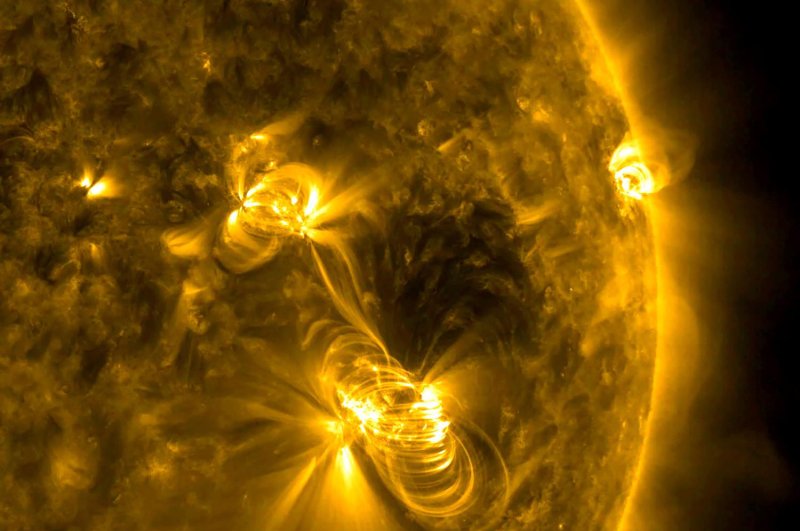Feb. 2 (UPI) -- A solar flare, ejected from our sun toward the end of January, will start hitting Earth Wednesday, according to the National Oceanic and Atmospheric Administration's Space Weather Prediction Center.
The flare is the result of a coronal mass ejection, a large expulsion of plasma and magnetic field from the sun's corona, which can travel from the sun to Earth at speeds as fast as 1,800 miles per second.















